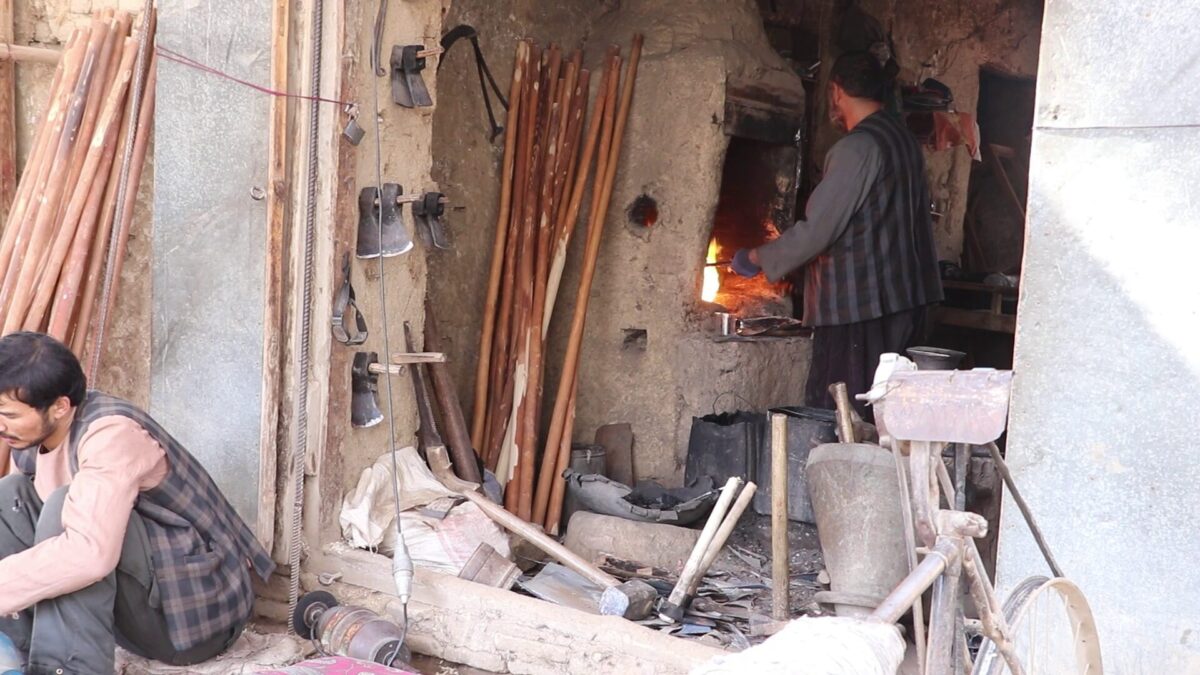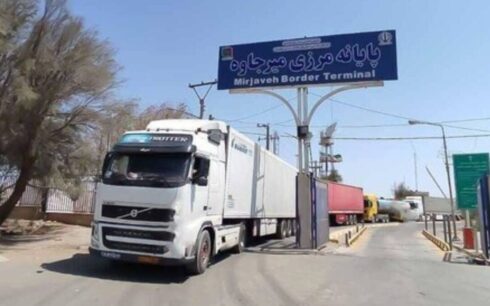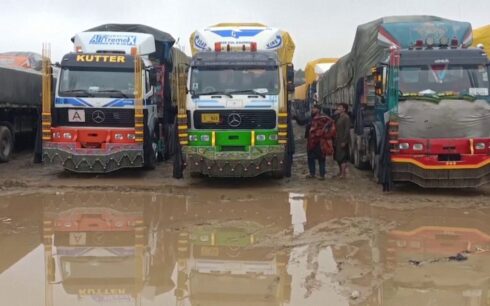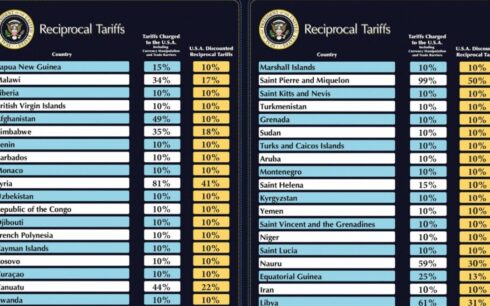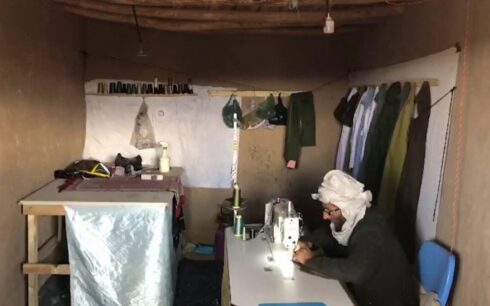Even as modern industry gains ground across Afghanistan, traditional blacksmithing continues to thrive in the district of Balkh, where craftsmen work amid fire and iron, forging tools by hand much as their ancestors did.
In a narrow stall in Balakhisar market, Abdul Latif has been working for more than three decades, forging farming tools in the searing heat of his furnace. His hands are calloused, his movements practiced, and his commitment to the trade unwavering.
“This is our work,” Latif said, pausing from hammering a red-hot blade. “We make shovels, pickaxes, and axes. Farmers bring us their tools, and we repair or remake them by hand.”
Latif and other blacksmiths in the area say they obtain coal and iron from Mazar-i-Sharif, a regional hub. Occasionally, they use higher-quality steel, depending on customer needs.
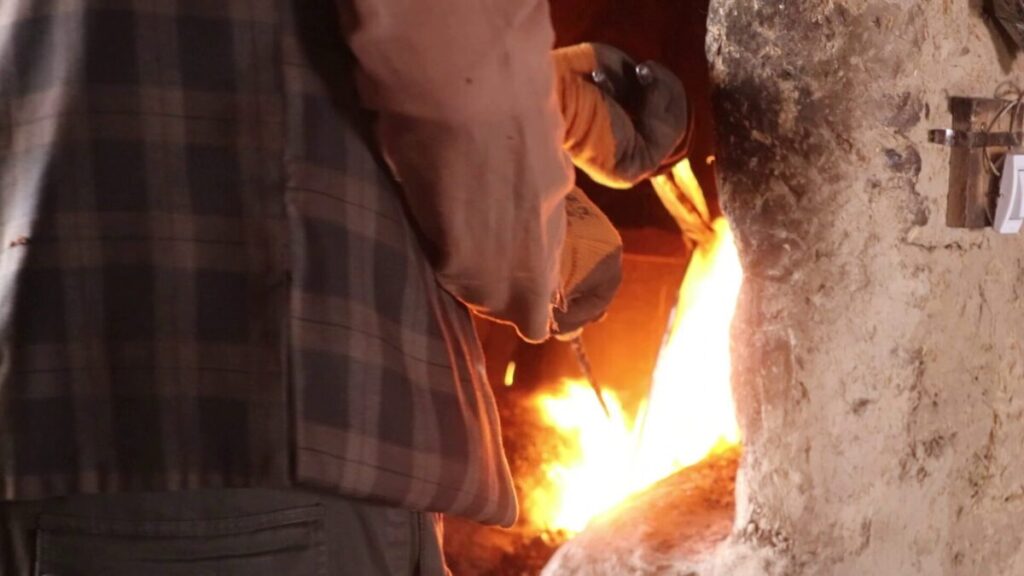
“A shovel might cost 400, 500, even 1,000 afghanis,” said Jan Mohammad, another longtime blacksmith. “We also make axes and pickaxes—whatever people need.”
While mass-produced tools are increasingly available in Afghan cities, blacksmiths like Latif say there is still strong demand for hand-forged tools in rural areas, where durability often matters more than cost.
The trade also carries cultural weight. In many Afghan towns, streets and marketplaces still bear names like “Blacksmith Bazaar,” a reminder of a time when ironworking was central to daily life.
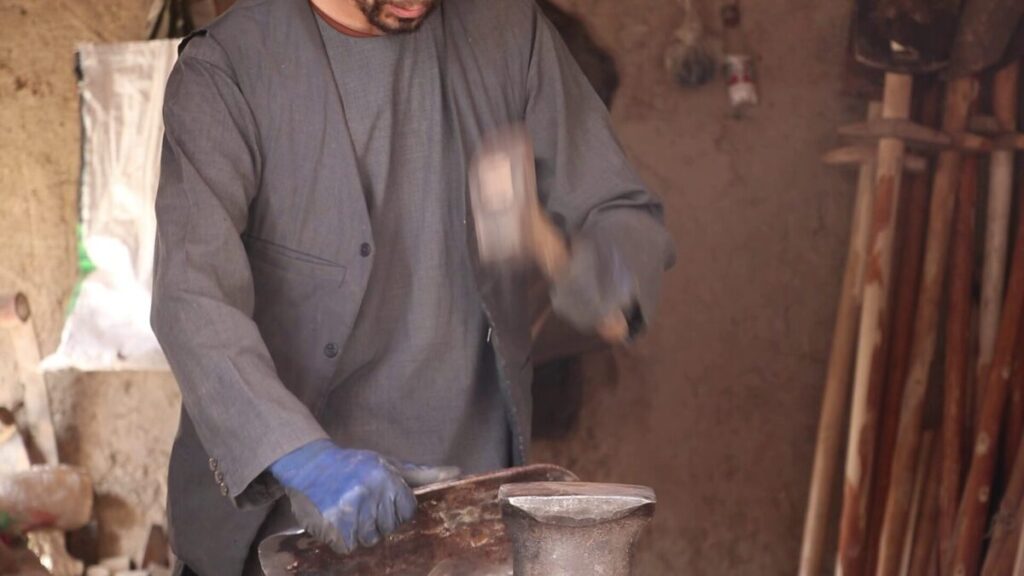
But the craft is under pressure. Rising prices for raw materials and a lack of institutional support have left many small workshops vulnerable. Blacksmiths in Balkh say they remain committed to their work, but warn that without more backing, a once-vital trade could eventually fade.
“We want to keep going,” Latif said. “But we need support to survive.”

